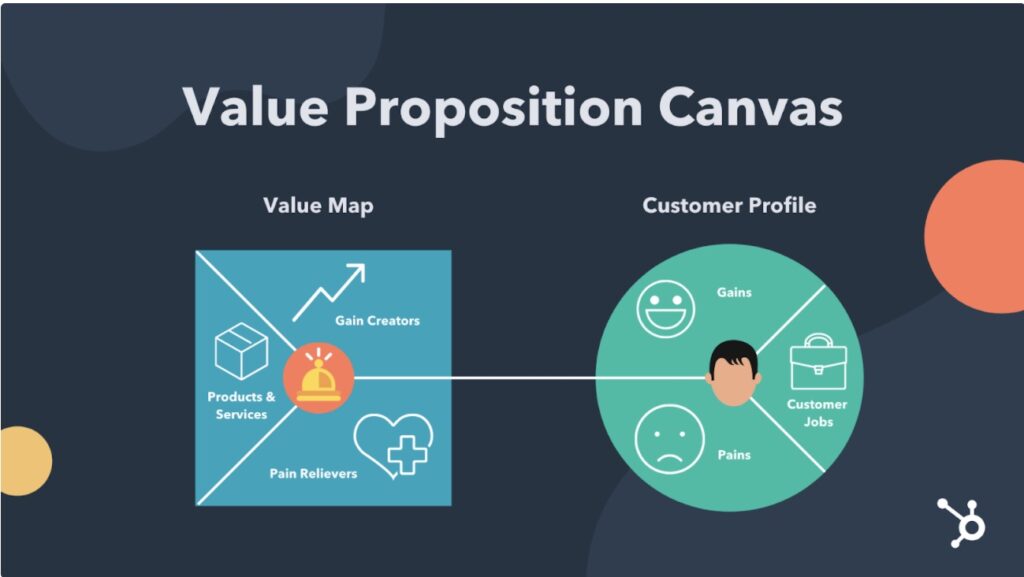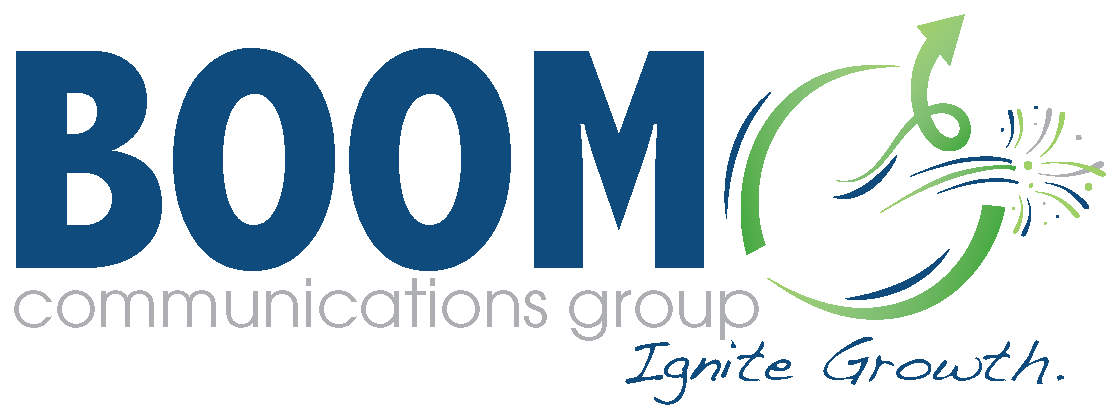
Your value proposition could be the deciding factor between someone purchasing from you or a competitor. To help you position your products as the best choice, this blog post will teach you how to create a value proposition that has relevance, value, and a differentiating factor.
When visitors come to your website, they express potential interest in your products. But unfortunately, only 2.17% of visitors to ecommerce websites make a purchase. You can increase your conversions by differentiating your products from your competitors through a strong value proposition.
For example, why do some consumers choose Starbucks over Dunkin’ Donuts? The Starbucks website focuses on conversation and connections while Dunkin’ advertises on-the-go services. Those differentiating value propositions are often what attract customers based on their wants and needs.
Keep reading to learn what you should include in your value proposition.
Key Takeaways
- A strong value proposition will be relevant, add value, and include product differentiation.
- You can create a value proposition using a canvas with mind maps of your product and consumer.
- A value proposition includes a headline, product details, and a captivating image.
3 Components of a Strong Value Proposition
Ecommerce is quickly growing, with nearly 70% of Americans shopping online. That means most of your intended audience is searching for products you offer. However, other options flood their searches.
If you want your product to stand out, your value proposition should:
Deliver a Relevant Message
Your value proposition should be specific to your audience, making them say, “This is for me!”
A demographic study is essential for creating a relevant proposition. It gives you the data to choose the language, images, and colors that reflect your customers.
For example, if most of your consumers are low-income families, they will respond most positively to claims like, “An affordable publication.”
Contain Value for the User
Unfortunately, just over 88% of online shoppers abandon their carts without following through with the purchase. Most people see how expensive the order is and decide the products aren’t worth the cost. Others like to window shop online. However, showing your product’s value encourages more people to follow through with their purchases.
When you create value for your customers, you are identifying problems they face and offering a solution. While your product may solve many challenges, the most relatable value propositions will only highlight the challenges relevant to your primary audience. Then, make your value quantifiable by backing it up with supporting numbers or measuring factors.
For example, a pain point for small business owners is attracting and keeping customers. So, if your product is a publication for new entrepreneurs, your value proposition could include the claim, “You will grow and maintain your customer base.” Then, to make that statement quantifiable, you can add a specific percentage of growth your consumers can expect.
Offer Differentiating Factors
Lastly, make your product stand out through product differentiation. Ask yourself what makes your product different than everyone else’s. It could be a unique feature, lower price, or add-ons.
If your product doesn’t have anything significantly different than similar products, you can add a differentiating factor to boost its value.
For example, free shipping is the top reason customers purchase a product. Therefore, you add value when you offer free shipping as a differentiating factor even though it isn’t directly part of your product.
How to Create a Value Proposition Canvas for Your Products

A value proposition canvas helps you identify relevant, valuable, and differentiating factors in your product. This technique involves filling in a mind map of your product and customer.
On your product’s side of the canvas, you have your product features, pain relievers, and gains.
- Products and services are a list of what you’re selling and all its features.
- Pain relievers are ways your product addresses challenges and pain points.
- Gains creators are the ways your products improve your customers’ lives.
On your customer’s mind map, you also have three areas to complete.
- Customer jobs are what your customers are trying to accomplish.
- Pain points are what makes your customers’ job difficult.
- Gains are how your customers measure their success.
Once your canvas is complete, you can identify where your product overlaps with your customers’ needs and wants. Take special note of connections that emphasize your product’s relevancy, value, and product differentiation factors. Those overlaps should be the highlights of your value proposition.
How to Format Your Value Proposition
A proposition with those three components is the first step. Next, organize that information into a captivating format that contains:
A Headline and Product Details
Most value propositions begin with a headline. The headline is one sentence that brings attention to your most significant selling point. Underneath the headline is a small paragraph or bulleted list with more details about your product.
Your headline and additional text need to be easy to read and understand. Don’t throw in long, unnecessary jargon. Picture your audience quickly scrolling past your product value proposition on their mobile phone while walking down the street. Will they be able to understand and process rambling sentences?
Images
Lastly, neatly tie up your value proposition with an image. A colorful or striking image will draw in the customer’s eyes to see what you are offering. Images are also a powerful way to communicate with people because people can identify pictures in as short as 13 milliseconds.
Once you have your value proposition, place it on your website, where people are sure to see it. It should be the first thing people see when they land on your website. However, you need to consider all your website’s main entry points and position your value propositions accordingly.
A Product Value Proposition Example

Here is an example of QuickBooks’s value proposition, showing all the elements necessary to stand out.
Relevancy: This ad identifies accounting pros as the intended audience from the start to make it relevant to their primary customer base.
Value: The pain point addressed is that accountants are very busy. The service solves this issue by saving them time. In addition, numbers like “94% of accounting professionals agree” back the claim.
Product Differentiation: Their product stands out because of its automation features. They added a second smaller differentiation factor by offering a free sign-up.
Need Help Creating Your Value Proposition?
At Boom Communications Group, we offer real results in business growth, sales, and strategy. Our team of experts is ready to discuss your business challenges and provide solutions for customer acquisition and product publication.
If you want to boost the sales of your products and services, contact our team for help creating a custom value proposition.
